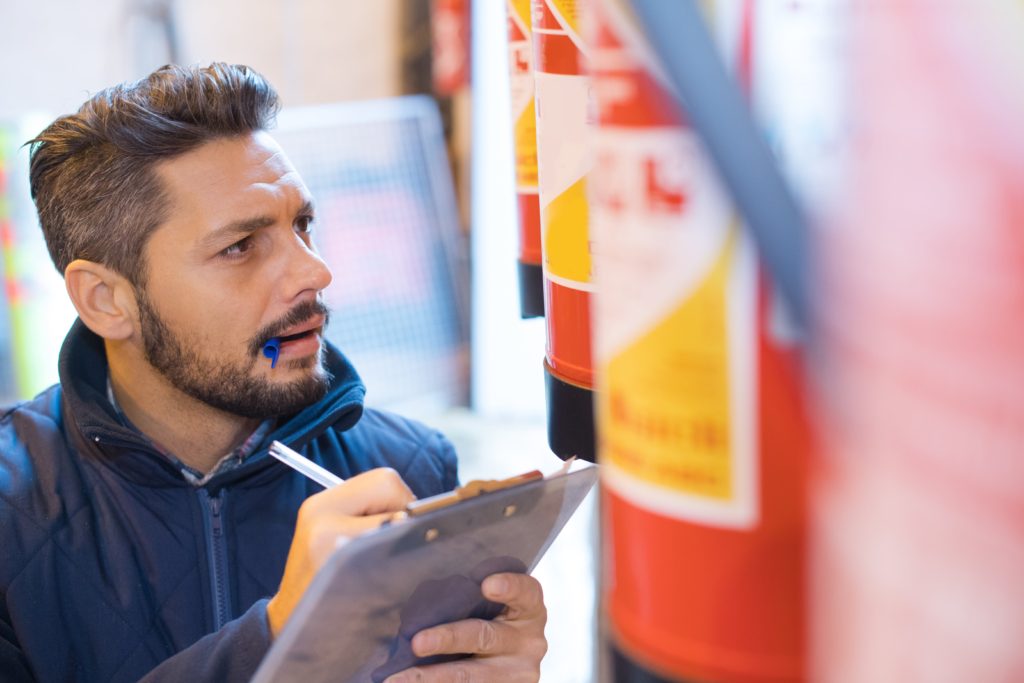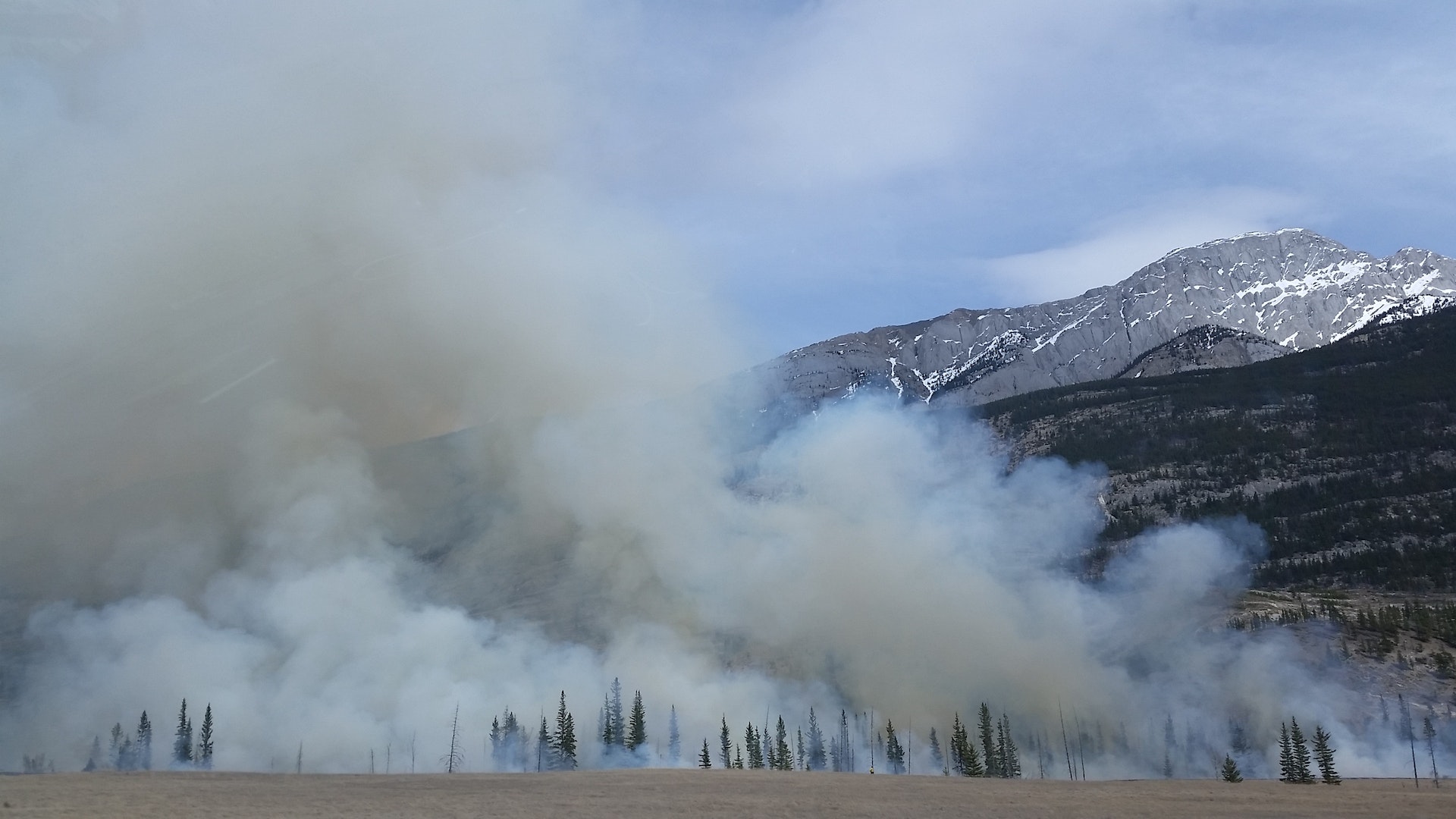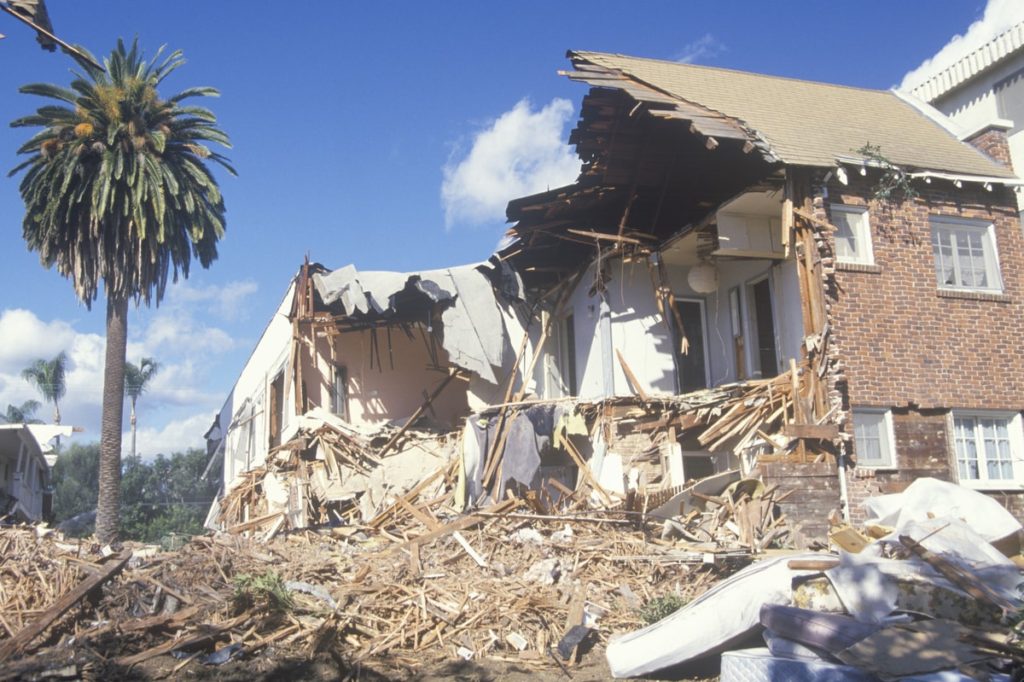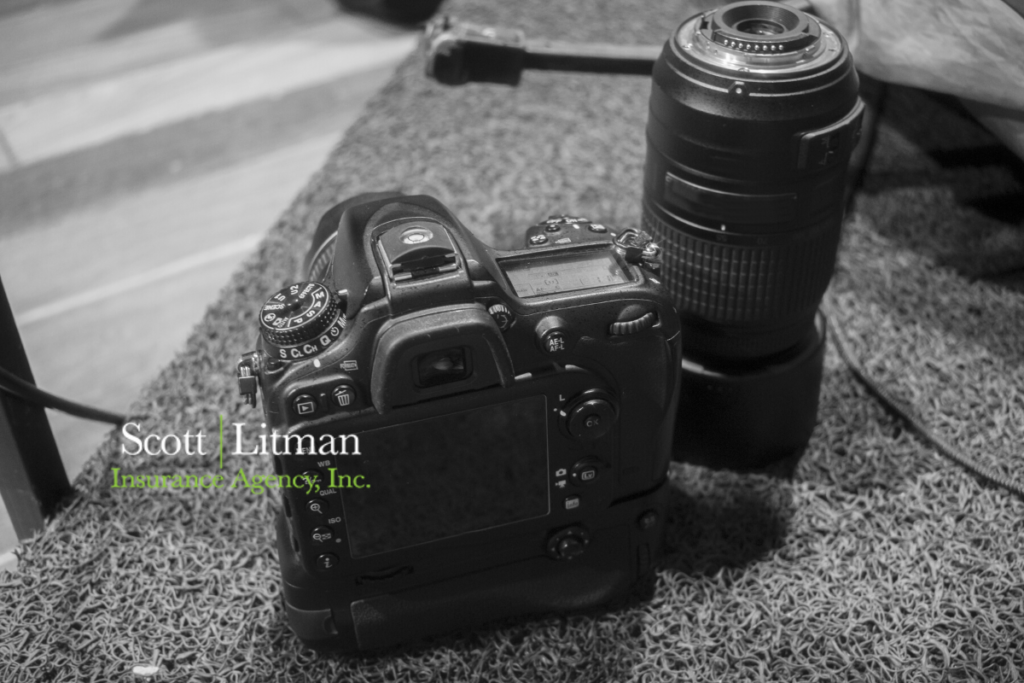With smoking, candles, fireplaces, and grills, fires are a constant concern for homeowners associations. Add to this the dry heat of summer and the wildfires that have been ravaging southern California this season, it’s more important than ever to instill fire safety practices for your association and its residents. Below are the best practices for summer fire safety.
1. Holding Building Inspections
Ideally, your association should be inspected by your local fire department or fire marshal on an annual basis. Codes on the frequency of inspections vary from state to state, depend on the features of your building, and may evolve. Be sure you are clear on California’s fire inspection regulations.
Inspections are especially worth the while because they shouldn’t cost the association a penny, while potentially saving a great deal of money by preventing future fires.
2. Running Fire Drills
It is also beneficial to hold a fire drill on an annual basis (though more frequently is always better). Fire drills tend to make people feel silly, but don’t let that stand in the way; they can truly be lifesavers.
Fire drills remind old residents what the fire alarm signal sounds like, while allowing new residences to find out what the signal sounds like. A drill also allows everybody to do a walkthrough and learn what the best way out would be. Experiencing that feeling during a fire drill helps to prepare for an actual emergency. Afterwards, everyone should be able to say, “That’s the fire alarm. I know what it sounds like, and I can get to my fire enclosure.'”
3. Installing a Life-Safety System
Take precaution by installing a life-safety system. This can include includes things like sprinklers, smoke detectors, and ingress and egress lighting. Hire an engineer, determine the scope of work, and get the costs for each type of system. This is even mandated in some condo associations. It may is quite pricey, but it is also quite important.
4. Implementing Fire Hazard Restrictions
It is recommended to ban grills on exterior balconies regardless of the building’s construction type. You may also want to consider banning portable fireplaces.They use alcohol gel fuel and have been known to cause issues, including a false alarm call. Implement a policy that doesn’t allow anything portable with a flame bigger than a candle’s or flaming ignition sources on a balcony.
5. Preventing Hoarding Fire Risks
Hoarding poses significant fire risks. This issue makes it extremely difficult for the firemen to battle the fire in an adequate fashion. Due to structural concerns from water and fire damage, the fire department may also have to do a unit-by-unit inspection. This could be an area of concern for many homeowners associations. If you haven’t already, you may want to begin addressing hoarding limitation rules as part of the community guidelines in the future.
6. Reminding Residents of Safe Practices
Everyone knows “stop, drop and roll”, but you’d be surprised by how many people need a reminder of best practices for fire safety. As part of your HOA newsletter or email blasts, we recommend including a section on fire safety tips, fire warnings for your area, and any new restrictions that you’ve made.
About Scott Litman Insurance Agency
At Scott Litman Insurance Agency, we are dedicated to protecting HOA’s like yours. We have a unique understanding of the industry and the common risk exposures that you face in your daily operations. In fact, we find that 90% of the policies we review are missing coverages that violate the Covenants, Conditions and Restrictions (CC&R), exposing the board, HOA and management to lawsuits– which is why our comprehensive policies are tailored to meet your specific needs at competitive prices. For more information about our products, contact our experts today at (818) 879-5980 ext. 201, or fill out our online form.





